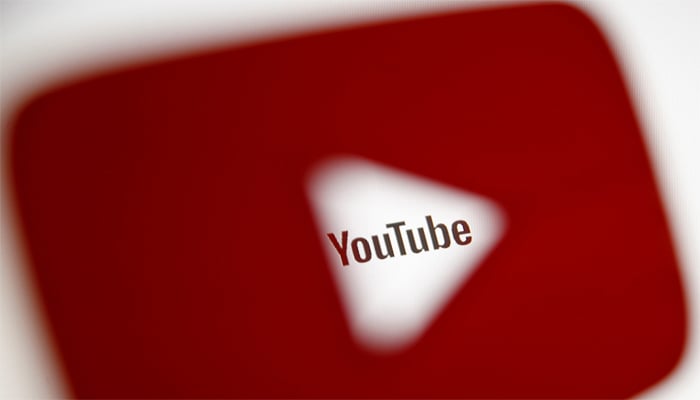
YouTube has officially announced that it is updating its monetisation rules to increase its scrutiny of mass-produced content.
On a support page, the Google-owned video streaming platform announced the decision to revise its monetisation policy to identify and evaluate “mass-produced and repetitious content.”
With this update, YouTube plans to enhance its identification of mass-produced and repetitive videos to evaluate them and likely reduce the monetary compensation.
To note, the new policy will come into effect starting July 15, while YouTube did not mention the punishments, if any, that offenders would receive.
The requirement of its monetisation policy stated: “If you're making money on YouTube, your content should be original and authentic.”
There are two rules to this requirement, which also define what the company means by mass-produced and repetitive content.
According to an official update shared by the company: “To monetise as part of the YouTube Partner Program (YPP), YouTube has always required creators to upload “original” and “authentic” content. On July 15, 2025, YouTube is updating our guidelines to better identify mass-produced and repetitious content. This update better reflects what “inauthentic” content looks like today.”
The video-streaming giant stated that the updated policy will improve and reflect what inauthentic content looks like today. This could include new trends and tricks used by creators to farm views.
It is worth noting that content creators are required to meet minimum eligibility criteria before they can earn money from published videos, which include 1,000 subscribers and either 4,000 valid public watch hours in the last 12 months, or 10 million valid public Shorts views in the last 90 days.















